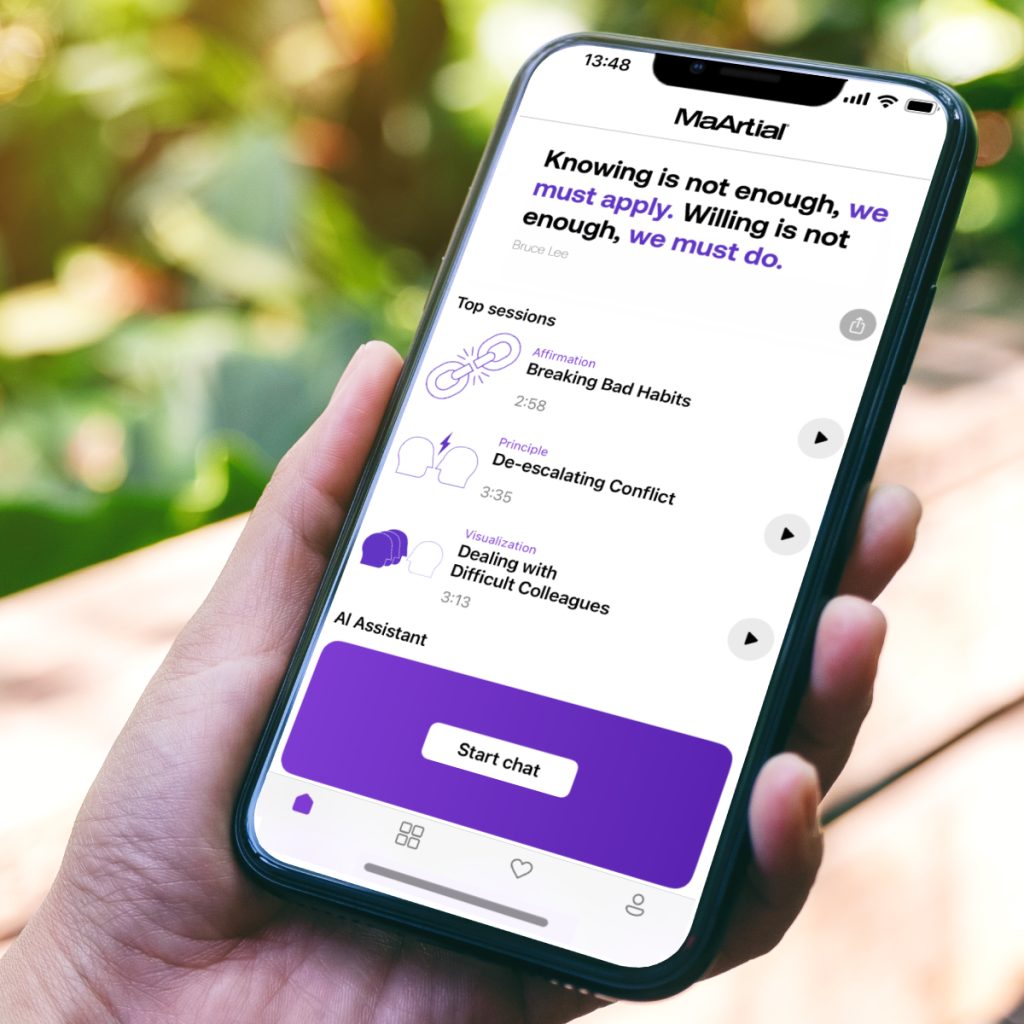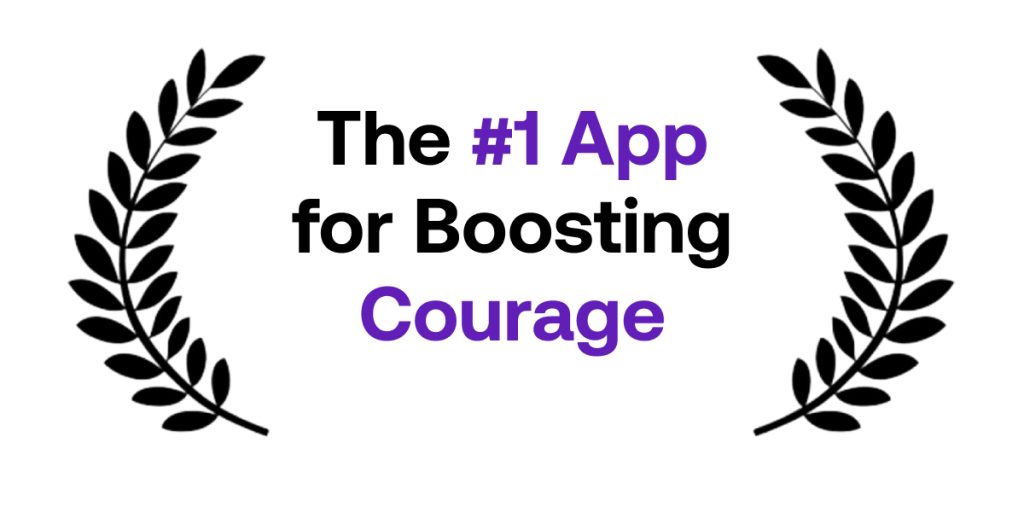Even the most disciplined minds face moments of inertia. Whether you’re struggling to get out of bed, meet a deadline, or follow through on goals you once felt excited about, motivation can vanish without warning. But as every martial tradition teaches—you don’t train for the easy days. You train for the days when your mind says “no,” and your discipline says “go.”
Here’s how to overcome low motivation using principles drawn from martial arts philosophy, Stoic psychology, and evidence-based behavioral science.
1. Act Like the Warrior You Want to Be
“If you wait until you are ready, you will never begin.”
— Epictetus
In martial training, there is no luxury of perfect readiness. You begin the kata, the sparring, the challenge—not because you feel like it, but because it is time.
Psychologists call this “behavioral activation”—the idea that taking action can lead to a change in emotion. In a clinical context, this principle is a cornerstone of behavioral therapy for depression and motivation loss.1
Try this: Ask yourself, “What would I do right now if I were motivated?” Then do a small part of it. Stand up. Change your posture. Start the first step of the task. Let action pull the motivation behind it.
2. Practice Mental Aikido: Argue the Opposite
“The way is in training.”
— Miyamoto Musashi
When the mind resists effort, it often floods us with discouraging self-talk: “This is pointless,” or “I’ll fail anyway.” Rather than suppress these thoughts, martial thinking teaches us to redirect force, not meet it head-on.
Cognitive-behavioral therapists call this “cognitive restructuring.” It’s the practice of disputing irrational or unbalanced thoughts to restore perspective.2
Try this: When you think, “I won’t finish,” counter with: “I’ve finished hard things before.” When you fear failure, list two specific reasons you’re capable of progress. You’re not erasing doubt—you’re putting it in its proper place.
3. Apply the 10-Minute Rule: Begin, Then Decide
Martial artists don’t evaluate mid-swing. They commit to the movement, then assess afterward. The “10-minute rule” follows the same logic: start a task with full presence for 10 minutes. Then decide whether to stop or continue.
Research in habit formation and productivity shows that starting is the hardest step.3 Once you begin, psychological momentum takes over.
Try this: Set a timer. Give yourself permission to stop after 10 focused minutes. You’ll often find the resistance has already begun to dissolve.
4. Go Outside: Reset Your Mind Like a Warrior Between Rounds
“If you are depressed, you are living in the past. If you are anxious, you are living in the future.”
— Lao Tzu
In a 2013 study published in the British Journal of Sports Medicine, walking through nature—even for just half a mile—reduced brain fatigue and improved emotional regulation.4
NEW! Put the principles from this article into practice with the free courage-boosting MaArtial app on the App Store for iOs and Play Store for Android.
Martial wisdom teaches us to reconnect with the natural rhythm of life—through breath, stillness, and environment. When mental noise builds, retreat to quiet spaces that restore internal balance.
Try this: Step away from the task. Walk through trees, a park, or even a quiet street. Observe with no goal. Return renewed.
5. Use Discipline + Compassion, Not Shame
“Be strict with yourself, but never cruel.”
— Zen teaching
Self-criticism may feel motivating, but research shows it often backfires. In contrast, self-compassion increases motivation and reduces avoidance. A 2012 meta-analysis in Clinical Psychology Review found that higher self-compassion correlates with reduced anxiety, stress, and procrastination.5
Martial discipline is not harshness. It is structure guided by respect—for yourself, your effort, and your limits.
Try this: Speak to yourself like you would a student or training partner. Acknowledge the struggle without personal judgment. Then choose the next best action—no dramatics, no excuses.
6. Stack Effort with Enjoyment
If the task itself brings dread, pair it with something that nourishes your energy. This is not about distraction, but layering effort with presence or reward.
Behavioral researchers call this “temptation bundling”—combining a difficult activity with a more pleasant one to reduce resistance and improve follow-through.6
Try this: Listen to music while organizing. Light a candle during deep work. Use a favorite beverage to mark the start of focused time. Create a ritual that signals “I’m doing this—for myself.”
7. Recommit to Your Why
“He who has a why to live can bear almost any how.”
— Nietzsche (often cited in resilience literature)
Low motivation is often a sign of disconnection from purpose, not laziness. In warrior philosophy, clarity of purpose (intent) is what turns effort into discipline. When you forget your reason, everything feels heavy.
Try this: Ask, What am I building? Who benefits when I follow through? Then write that down. Keep it visible. Let your why become your anchor.
Final Thought: Strength Is Doing It Anyway
Motivation is fleeting. But structure, clarity, and discipline are yours to develop. As martial philosophy teaches: you don’t act because you feel strong—you feel strong because you act.
Start small. Stay present. Move forward.
Looking to build mental strength and daily focus?
Train your mindset with the MaArtial app—designed to sharpen discipline, build confidence, and ground your actions in purpose.
References:
- Breines, J. G., & Chen, S. (2012). Self-compassion increases self-improvement motivation. Personality and Social Psychology Bulletin, 38(9), 1133–1143. ↩︎
- Beck, J. (2011). Cognitive Behavior Therapy: Basics and Beyond. Guilford Press. ↩︎
- Fogg, B. (2020). Tiny Habits: The Small Changes That Change Everything. Houghton Mifflin Harcourt. ↩︎
- Aspinall, P., Mavros, P., Coyne, R., & Roe, J. (2013). The urban brain: Analysing outdoor physical activity with mobile EEG. British Journal of Sports Medicine, 49(4), 272–276. ↩︎
- Macbeth, A., & Gumley, A. (2012). Exploring compassion: A meta-analysis of the association between self-compassion and psychopathology. Clinical Psychology Review, 32(6), 545–552. ↩︎
- Milkman, K. L., Minson, J. A., & Volpp, K. G. (2014). Holding the hunger games hostage at the gym: An evaluation of temptation bundling. Management Science, 60(2), 283–299. ↩︎














